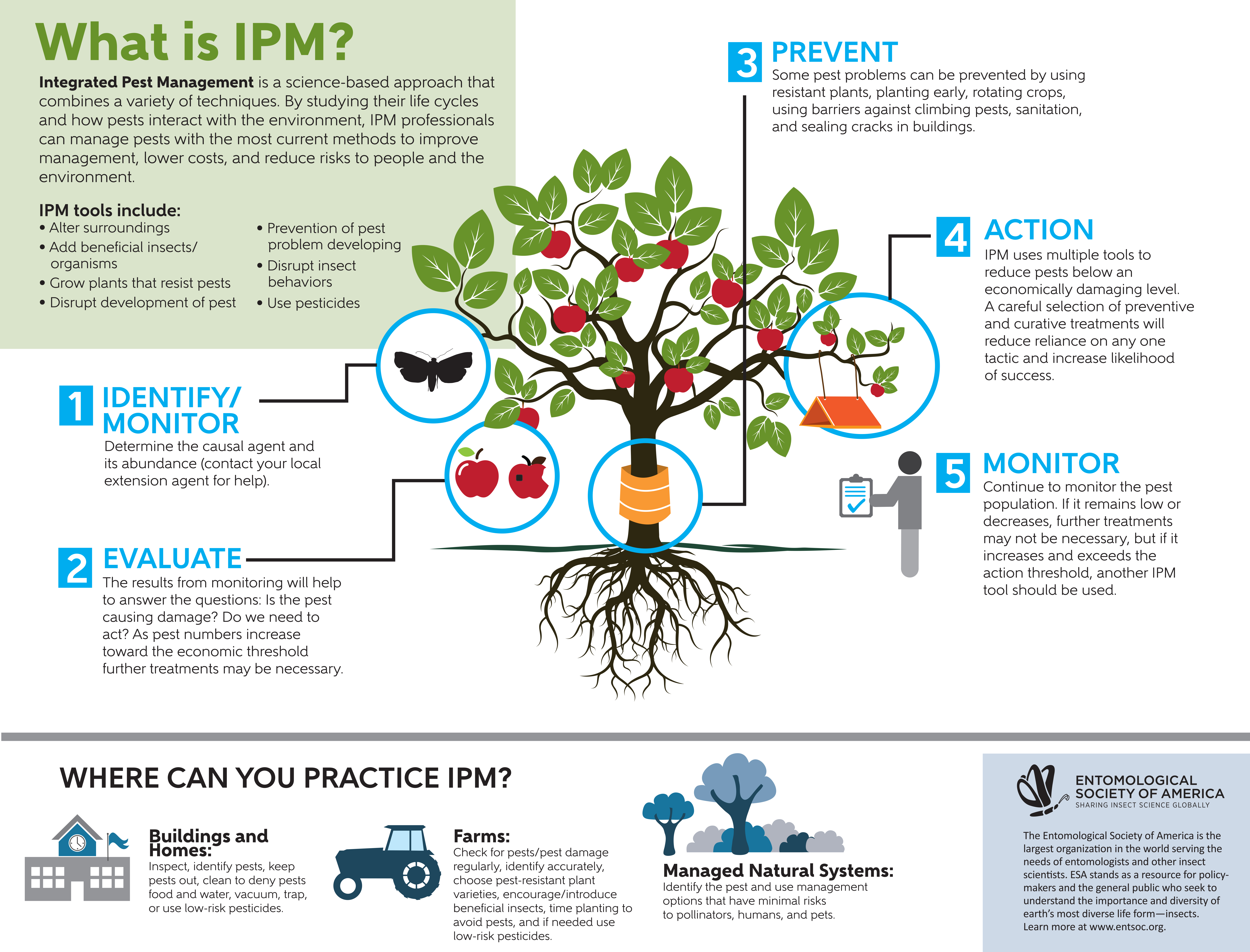Insights Right Into The Life Cycle Of Bed Bugs: Support From Insect Specialists
Insights Right Into The Life Cycle Of Bed Bugs: Support From Insect Specialists
Blog Article
Content By-Torres Lake
Like a quiet intrusion, bed pests can creep right into your home, hiding in the darkness and waiting for the perfect moment to strike. Comprehending their life cycle is vital in handling these unrelenting bugs, and who much better to turn to for recommendations than the experts themselves?
In termite specialist near me , you will certainly uncover the tricks of the egg phase, the fairy phase, and the grown-up stage of bed pests, deciphering the secrets behind their durability and determination. Dental braces yourself, due to the fact that what you will discover will leave you questioning every little itch and bite.
The Egg Phase
Throughout the egg phase, bed insects remain in their earliest form, ready to hatch out and start their life process. These small eggs are normally stocked splits and crevices near the bed bug's feeding area, such as joints of bed mattress or furniture. The women bed bug can disable to five eggs each day, which adds up to hundreds in her life time.
bug exterminator are oval-shaped and regarding 1mm in length, making them barely visible to the nude eye. They have a sticky layer that helps them comply with surfaces and remain in position. The egg stage lasts about one to 2 weeks, depending upon the temperature level and various other environmental factors.
Once the eggs hatch, the nymphs emerge, starting their journey in the direction of adulthood.
The Fairy Phase
As the eggs hatch out, the freshly emerged fairies start their trip towards adulthood, noting the beginning of the fairy phase in the life process of bed insects. This stage is important for their advancement, and recognizing its features can aid in managing these bugs successfully.
Below are 3 essential points to find out about the nymph phase:
1. Dimension and Look: Fairies are small, gauging only about 1.5 mm in length. They're translucent, however after feeding, their bodies turn reddish-brown. As they expand, they dropped their exoskeletons, leaving molted skins.
2. Feeding Behaviors: Like grown-up bed bugs, fairies feed upon blood. They require to feed numerous times to molt and advance to the next phase. Nymphs usually feed upon human beings or animals while they rest, leaving scratchy bites.
3. Advancement and Recreation: Nymphs experience five instars before reaching adulthood. Each instar needs a blood dish for growth. Once they come to be adults, they can replicate and proceed the bed pest life process.
Understanding the fairy stage is crucial for reliable bed insect control. By targeting the fairies during this at risk phase, you can prevent their development in the direction of adulthood and stop their infestation.
The Grownup Stage
After finishing their development as nymphs, bed insects get in the adult stage. At this stage, grown-up bed bugs are around 4-5 mm in size and have a flat, oval-shaped body that is reddish-brown in color. They have six legs, antennae, and a small head. Grown-up bed pests are totally efficient in replicating and continuing their problem. They feed upon blood, ideally human blood, and can survive without a dish for a number of months. They are mainly active in the evening and tend to hide in cracks, crevices, and furniture throughout the day.
Adult women bed bugs can lay up to five eggs daily. These eggs hatch into fairies in about a week. Understanding the behavior and life process of adult bed pests is important in efficiently getting rid of and preventing invasions.
Verdict
Since you recognize the life cycle of bed insects, you hold the power to secure your home.
Picture a calm evening's sleep, without the torture of these small parasites.
By identifying the indications and taking immediate action, you can prevent problems and ensure the well-being of your liked ones.
Don't let these sneaky bugs attack your haven.
Stay alert, remain notified, and rest tight understanding you remain in control.
